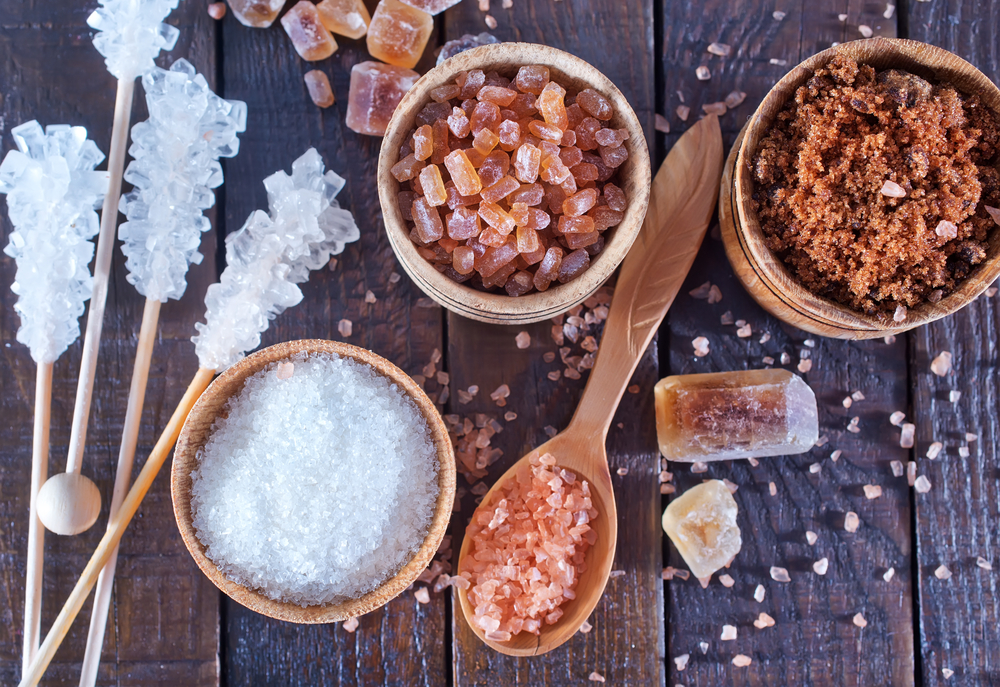
Added sugar is all around us; it has no nutritional value, and too much of it in our diets has contributed vastly to the health problems that many of us face today, including obesity, diabetes, heart disease and some cancers.
The extremists of the anti-sugar crew would say that added sugar is actually a poison, and they make good scientific arguments to support their case. Sugar in the diet is rapidly converted to glucose in the body, and spikes in blood glucose cause a whole host of problems, not least of which are insulin resistance and Type 2 Diabetes.
In fact our body converts all food to glucose before it can utilise it as energy, so it makes sense why proteins, fats and complex carbs create a sustained steady rise in glucose, meaning that you remain fuller for longer.
The government recommends a maximum of 30g of added sugar a day for adults, which is roughly 7 sugar cubes. One standard can of cola has 9 cubes of added sugar!
Added sugar has no nutritional value, at all, so ideally we wouldn’t consume any, but this is extremely difficult to achieve in the modern world as it is hidden everywhere. In order to start assessing your sugar intake, you need to start looking at food labels.
Hidden sugar names:
Corn sugar
Dextrose
Fructose
Glucose
High-fructose glucose syrup
Honey
Maple syrup
Agave nectar
Isoglucose
Levulose
Maltose
Molasses
Sucrose
So is all sugar bad?
Actually no… There are two natural sugars that make up part of a healthy diet.
1. FRUCTOSE – “IN THE WHOLE FRUIT”. Fruits are loaded with fibre and water, and also require effort in the form of chewing, so are very satiating, calorie for calorie. Most fruits (like apples) take a while to eat and digest, meaning that the fructose hits the liver slowly. Squeezing the juice out of the fruit, or even whizzing into a smoothie alters the form and turns it into a less healthy sugar that will cause a spike in your blood sugar, similar to added sugars. Also consider that it takes 4 oranges or 4 apples to make a glass of juice, so that’s 4 times as much sugar than eating 1 whole fruit. Of course fruit has lots vitamins, minerals and antioxidants, and is actually protective from many diseases, so keep eating plenty of it, but be aware of the sugar content (switch to veggies where possible) and always eat it whole.
Low-fructose fruit options include: blueberries, raspberries, blackberries, strawberries, grapefruit, lemon, lime, honeydew melon, pear (with skin) and kiwi.
2. LACTOSE – This is the sugar found in milk and dairy products. Lactose is naturally a slow-release sugar and our bodies treat it much more like a complex carbohydrate. Also, milk components such as whey, calcium, vitamin D, fatty acids and/or lactose are thought to help out with sugar metabolism; therefore lactose is good!
So eagle eyes at the ready, let’s start seeking out those hidden sugars and reducing them as much as possible…
This article is for information only and should not be used for the diagnosis or treatment of medical conditions. myHealthSpecialist makes no representations as to the accuracy or completeness of any of the information in this article, or found by following any link from this article. Please consult a doctor or other healthcare professional for medical advice.
5,833 views
